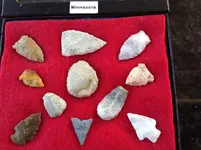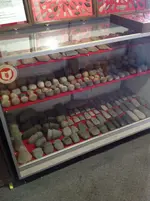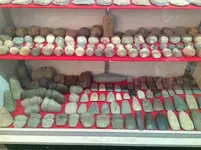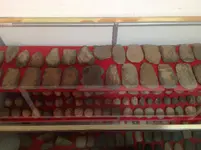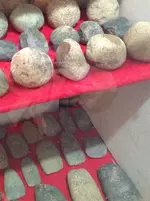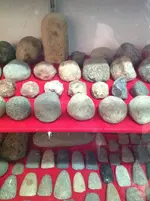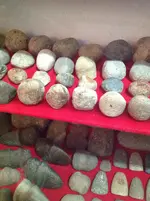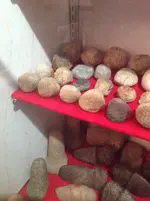hellokelly
Jr. Member
- Joined
- Feb 13, 2019
- Messages
- 28
- Reaction score
- 16
- Golden Thread
- 0
- Location
- Minneapolis, MN
- Primary Interest:
- All Treasure Hunting
Here is a link to a folder of photos of I took this summer after wiping out down the embankment of a fairly large lake in Minnesota and ending up on my butt in the water. Nice place.
https://drive.google.com/folderview?id=1ESmrPrGLuajc189ARRDZMjLF08ixwLw7
Can anyone give me any information about these? I won't bring up the looks-like-an-animal factor this time, unless someone gets that ball rolling first
(If I need to post the photos in here as opposed to giving a link for whatever reason, I apologize and can do that.)
Thank you!
https://drive.google.com/folderview?id=1ESmrPrGLuajc189ARRDZMjLF08ixwLw7
Can anyone give me any information about these? I won't bring up the looks-like-an-animal factor this time, unless someone gets that ball rolling first

(If I need to post the photos in here as opposed to giving a link for whatever reason, I apologize and can do that.)
Thank you!
Upvote
0


